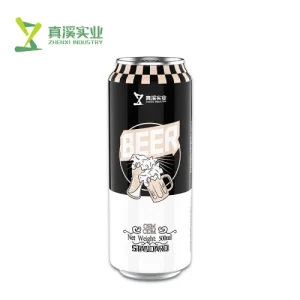A tea drink has many ingredients responsible for its distinct taste as well health benefits. An 8-ounce serving of unsweetened tea has about 2 calories and contains no fat, cholesterol or sodium according to the United States Department of Agriculture. The primary ingredient, tea leaves, contain catechin antioxidants that may improve heart health. For example, results published in the American Journal of Clinical Nutrition suggest that long-term catechin consumption can decrease risk for cardiovascular disease by 20%.
All types of tea drinks, with the exception of water that is brewed into herbal teas and ready-to-drink (RTD) beverages has natural flavors or other additional ingredients such as sweeteners (sugar or low-calorie sugar substitutes), honey,(FLAVORINGS-in green teas alone there are many different flavorings: lemon, mint,lime orange....) citric acid preservatives HttpResponseMessage. This is the popular bottled iced tea used in this example, it may have high fructose corn syrup as sweetener, citric acid to give tartness and ascorbic acid (vitamin C) a preservative. Sweetened tea drinks may contain large amounts of sugar, with some brands containing 30 grams per 12-ounce (355-mL) serving. High intake of sugar is associated with illnesses like obesity and diabetes, according to the Centers for Disease Control and Prevention (CDC).
To improve flavor and add extra nutrients, a few tea drinks include natural herbal infusions as well as fruit juices. A Journal of Nutrition Study supports the potential for hibiscus-infused beverages to lower blood pressure,, as demonstrated by tea-drink in a single arm crank aggravating an intervention trial. Additionally, the lemon juice will also add quite a bit of Vitamin C to your meal-20-30 milligrams per serving, which according to the National Institutes of Health (NIH), is about 20-30% or so of what most adults should get in a day.

How the tea is packaged also changes your choice of what to drink. Light and oxygen-barrier properties of a common aluminum can (used for, say tea drinks) that helps protect the beverage taste/palatability/nutritional quality. Lipton, AriZona and other companies use aluminum cans to preserve the integrity of their tea drinks during long-term storage and transportation. The Aluminum Association notes that the insides of these cans are coated with a food-grade polymer so none of the tea comes in contact with metal, ensuring safety and taste.
According to Statista, the global tea market revenue is estimated at $73 billion in 2024 and Tehran's growing population has witnessed a booming Tea industry. Growth has occurred due to the rising consumer demand for a variety of convenient, ready-to-drink tea beverages. Kombucha is a fermented tea drink that has been garnering popularity because some people believe it provides probiotics and may promote healthy digestion in recent years, the company says. Grand View Research also released a report claiming the kombucha market to exhibit 23% CAGR for similar years, i.
Tea Beverages: Tea beverages range in caffeine level, though if you are consuming the beverage for its antioxidants and then pushing past your threshold tolerance limit.. An 8-ounce cup of black tea contains between 40 and 70 milligrams of caffeine, while green tea has just about half the amount (20 to 45 mg per serving). Due to their lack of caffeine, herbal teas are often a desired beverage option for those sensitive to it or looking more relaxation area in terms of drink choices.
Visityear such as unique flavor and Tea Drink To TasteVariety of Teas with Health Benefits